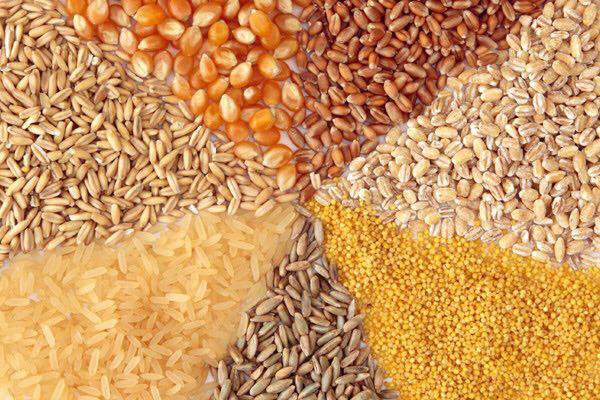Global food commodity prices rose in March, marking their tenth consecutive monthly increase. Vegetable oils and dairy products experienced the highest increments. The Food and Agriculture Organization of the United Nations (FAO) said in its latest report.
The FAO Food Price Index, averaged 118.5 points in March, 2.1 percent higher than in February. This is the highest level since June 2014. The Food Price Index tracks monthly changes in the international prices of commonly traded food commodities.
Meanwhile, the recent release showed that the trends varied by commodity types. The FAO Vegetable Oil Price Index was the major driver of the March increase. It rose 8.0 percent from the previous month to hit a nearly 10-year high. Soy oil prices rose sharply due in part to the prospects of firm demand from the biodiesel sector.
Other FAO Price Indices
Also, the FAO Dairy Price Index increased 3.9 percent from February. Tight supplies in Europe associated with increased demand in anticipation of a food-service sector recovery buoyed butter prices. Milk powder prices also rose, supported by a surge in imports in Asia, particularly China. This is due to declining production in Oceania and scarce shipping container availability in Europe and North America.
Likewise, the FAO Meat Price Index also rose, by 2.3 percent from February as a result of a rise in China’s imports. Also, the surge in internal sales in Europe ahead of the Easter holiday celebration underpinned the increased poultry and pig meat quotations. Bovine meat prices remained steady, while ovine meat prices declined as dry weather in New Zealand led to farmers offloading animals.
By contrast, the FAO Cereal Price Index dropped by 1.8 percent, but it is still 26.5 percent higher than in March 2020. Wheat export prices declined the most, reflecting generally good supplies and favorable production prospects for 2021 crops. Maize and rice prices also declined, while those for sorghum rose.
The FAO Sugar Price Index declined 4.0 percent in the month, triggered by prospects of large exports from India. But it remained more than 30 percent above its year-earlier level.
Positive cereal crop prospects in 2021
Furthermore, the FAO expects world cereal production in 2021 to increase for the third consecutive year. It has raised its preliminary global wheat production forecast on better than-earlier-anticipated crop conditions in several countries. The FAO forecast global wheat production to reach a new high of 785 million tonnes in 2021, up 1.4 percent from 2020. The sharp rebound across most of Europe and expectations of a record harvest in India are major contributory factors.

Also, The FAO forecast Maize to record above-average outputs with Brazil and South Africa experiencing higher than average yields.
For the current 2020/21 marketing season, global cereal utilization is now forecast at 2 777 million tonnes. This is 2.4 percent higher than the previous year. Higher estimates of feed use of wheat and barley in China will contribute more to cereal utilization. The livestock sector is recovering from African swine fever in China.
Furthermore, World cereal stocks at the end of 2021 are forecast to decline by 1.7 percent from their opening levels to 808 million tonnes. Combined with the utilization forecasts, the global cereal stock-to-use ratio for 2020/21 is foreseen to dip to a seven-year low of 28.4 percent.
FAO also raised its forecast for world trade in cereals during 2020/21 to 466 million tonnes, a 5.8 percent increase from the previous year. The faster trade in coarse grains linked to unprecedented levels of maize purchases by China will be a major driver. Also for rice, international trade is forecast to expand by 6 percent year-on-year.
READ ALSO: GRA sets up high-net-worth individuals department to track rich people



















